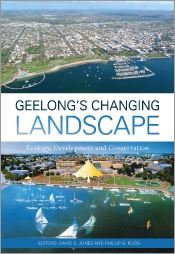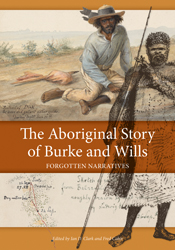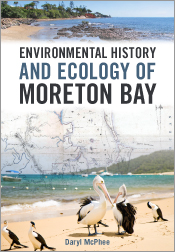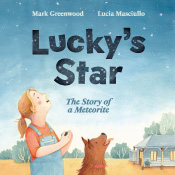Gariwerd

An Environmental History of the Grampians
By: Benjamin WilkieAn exploration of the geological, ecological and cultural history of the Victorian Grampians.
People have been visiting and living in the Victorian Grampians, also known as Gariwerd, for thousands of generations. They have both witnessed and caused vast environmental transformations in and around the ranges. Gariwerd: An Environmental History of the Grampians explores the geological and ecological significance of the mountains and combines research from across disciplines to tell the story of how humans and the environment have interacted, and how the ways people have thought about the environments of the ranges have changed through time. + Full description
In this new account, historian Benjamin Wilkie examines how Djab wurrung and Jardwadjali people and their ancestors lived in and around the mountains, how they managed the land and natural resources, and what kinds of archaeological evidence they have left behind over the past 20 000 years. He explores the history of European colonisation in the area from the middle of the 19th century and considers the effects of this on both the first people of Gariwerd and the environments of the ranges and their surrounding plains in western Victoria. The book covers the rise of science, industry and tourism in the mountains, and traces the eventual declaration of the Grampians National Park in 1984. Finally, it examines more recent debates about the past, present and future of the park, including over its significant Indigenous history and heritage.
Winner, 2020 Victorian Community History Awards: Local History Small Publication Award
- Short descriptionNews
This title is no longer available in print, but can still be purchased as an eBook.
Reviews
"There is so much detail over a wide range of Gariwerd subjects that it is enough to point out that Benjamin Wilkie's book is highly informative and a very welcome addition to our district's literature."
Roz Greenwood, Dunkeld and District Newsletter, Issue 11 2020
"Despite being written around the rather abstract concept of ‘nature’, the joy of this book is its firm hold on the physicality of Gariwerd. Wilkie created drama from the fluctuating seas, the resting sediments and evolving plants and animals. Wilkie’s is a prose that is clear, concise and informative, with a warmth that entices the reader to engage not just with his words, but also the place."
Sarah McMaster, Australian Historical Studies 51(4) 2020
"This is a wonderful area of Victoria and Wilkie’s reader-friendly study enriches our understanding substantially."
Jane Bellamy, Interaction 48(2), June 2020
"A well documented and readable account of a specific locale that would be of value to scholars and general readers alike."
Margaret Cook, Historical Records of Australian Science 32(1), 2021
Details
ePDF | April 2020ISBN: 9781486307692
Publisher: CSIRO Publishing
Available from eRetailers
ePUB | April 2020
ISBN: 9781486307708
Publisher: CSIRO Publishing
Available from eRetailers
Features
- Explains the geological and ecological significance of the Gariwerd mountains.
- Describes over 20 000 years of Indigenous Australian history in and around Gariwerd, including archaeology and traditional ecological knowledge.
- Explores the history of colonisation and its impact on both Indigenous Australians and the Gariwerd environment.
- Details the rise of science, industry and tourism in Gariwerd.
- Considers the creation of the Grampians National Park in the 20th century and examines current issues to do with the park.
Contents
Acknowledgements (PDF, 424 KB)Introduction
1: The restless Earth
2: The first people of Gariwerd
3: Strangers in a foreign land
Colour plates
4: Dispossession and environmental transformation
5: Science, resources and industry
6: The Grampians National Park
7: Colonial legacies
Conclusion
Select bibliography
Index
View the full table of contents (PDF, 445 KB)
Authors
Benjamin Wilkie is a historian, writer and academic based in western Victoria, Australia. He completed his PhD in History at Monash University and has taught and researched widely on the social and environmental history of Australia.








